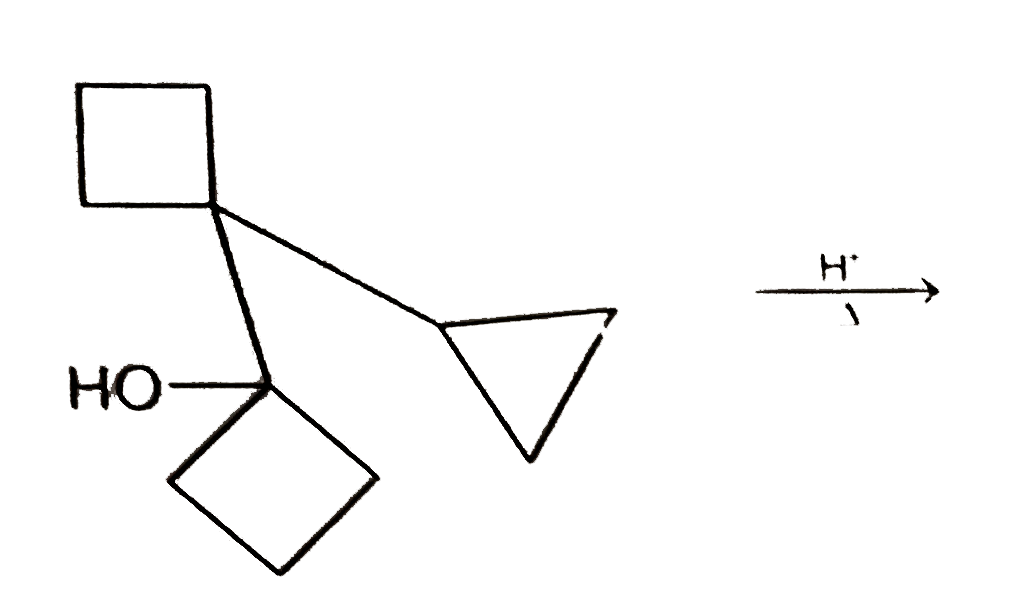Give reasons: Production of sperms requires low temperature.
Step-by-Step Solution:
1. Understanding Body Temperature: The average body temperature of humans is around 36 degrees Celsius. However, this temperature is not suitable for the production of sperm.
2. Optimum Temperature for Sperm Production: The optimum temperature for sperm production is approximately 2 to 2.5 degrees Celsius lower than the normal body temperature. This means that the ideal temperature for producing sperm is around 34 to 33.5 degrees Celsius.
3. Role of the Scrotum: The testes, where sperm is produced, are located in the scrotum. The scrotum acts as a protective sac that helps to maintain a lower temperature for the testes compared to the rest of the body.
4. Importance of Low Temperature: A lower temperature is crucial for the production of viable and healthy sperm. High temperatures can negatively affect sperm production and quality, leading to infertility issues.
5. Conclusion: Therefore, the production of sperm requires a lower temperature to ensure that healthy and viable sperm are produced, which is facilitated by the anatomical structure of the scrotum.
---
Topper's Solved these Questions
- REPRODUCTIONBook:CENGAGE BIOLOGYChapter:REPRODUCTIONExercise:CONSOLIDATED EXERCISE
Explore 9 Videos
- REPRODUCTIONBook:CENGAGE BIOLOGYChapter:REPRODUCTIONExercise:CONSOLIDATED EXERCISE (MCQs)
Explore 75 Videos
- REPRODUCTIONBook:CENGAGE BIOLOGYChapter:REPRODUCTIONExercise:MANDATORY EXERCISE (EXERCISE SET II)
Explore 31 Videos
- NUTRITION IN PLANTS AND ANIMALS Book:CENGAGE BIOLOGYChapter:NUTRITION IN PLANTS AND ANIMALS Exercise:CHALLENGING EXERCISE
Explore 4 Videos
- RESPIRATION IN PLANTS AND ANIMALS Book:CENGAGE BIOLOGYChapter:RESPIRATION IN PLANTS AND ANIMALS Exercise:CHALLENGING EXERCISE
Explore 1 Video
Similar Questions
Knowledge Check
Assertion (A): The skin of the scrotum contract or expand with the change in the ambient temperature.
Reason (R): Maturation of sperms requires a specific temperature.ABoth A and R are true and R is the correct explanation for A.BBoth A and Rare true, but R is not the correct explanation for A.CA is true and R is false.DA is false and R is true.Production of sperms from spermatids is
ASpermiogenesisBSpermatogenesis does not occurCOogenesisDGametogenesis.(A) : Testes of mammals are present outside abdomnial cavity in scrotal sacs.
(R) : Maturation of sperm needs low temperatureAIf both (A) and (R) are true and (R ) is the correct explanation of (A)BIf both (A) and (R) are true but (R ) is not the correct explanation of (A)CIf (A) is true but (R) is trueDIf both (A) and (R) are false.

The rearranged alkene, product after rearrangement at low temperature will be mainly:
View SolutionAssertion : The rate of respiration is reduced during storage of green at low temperature.
Reason : At low temperature, lot of CO2 is produced thereby reducing the metabolism.
View SolutionAssertion : The activiation energies for fusion reactions are very low.
Reaosn : They require very low temperature to overcome electrostatic repulsion between the nuclei.
View SolutionSome plants like sugarbeet and cabbage required low temperature for flowering. This phenomenon is called
View SolutionAssertion : Vernalisation is the promotion of flowering by a period of low temperature.
Reason : It prevents precocious reproductive development late in the growing season.
View Solution